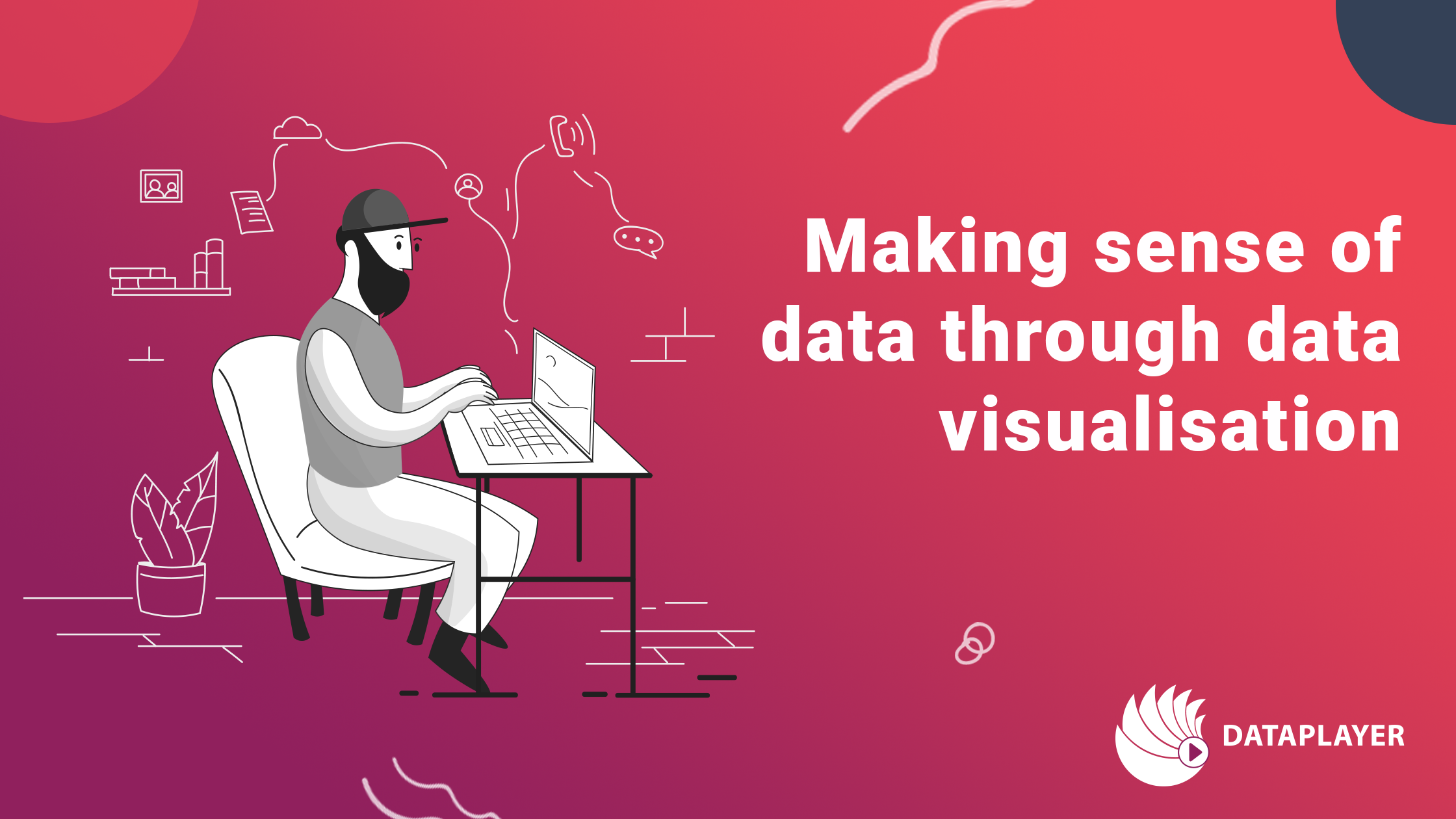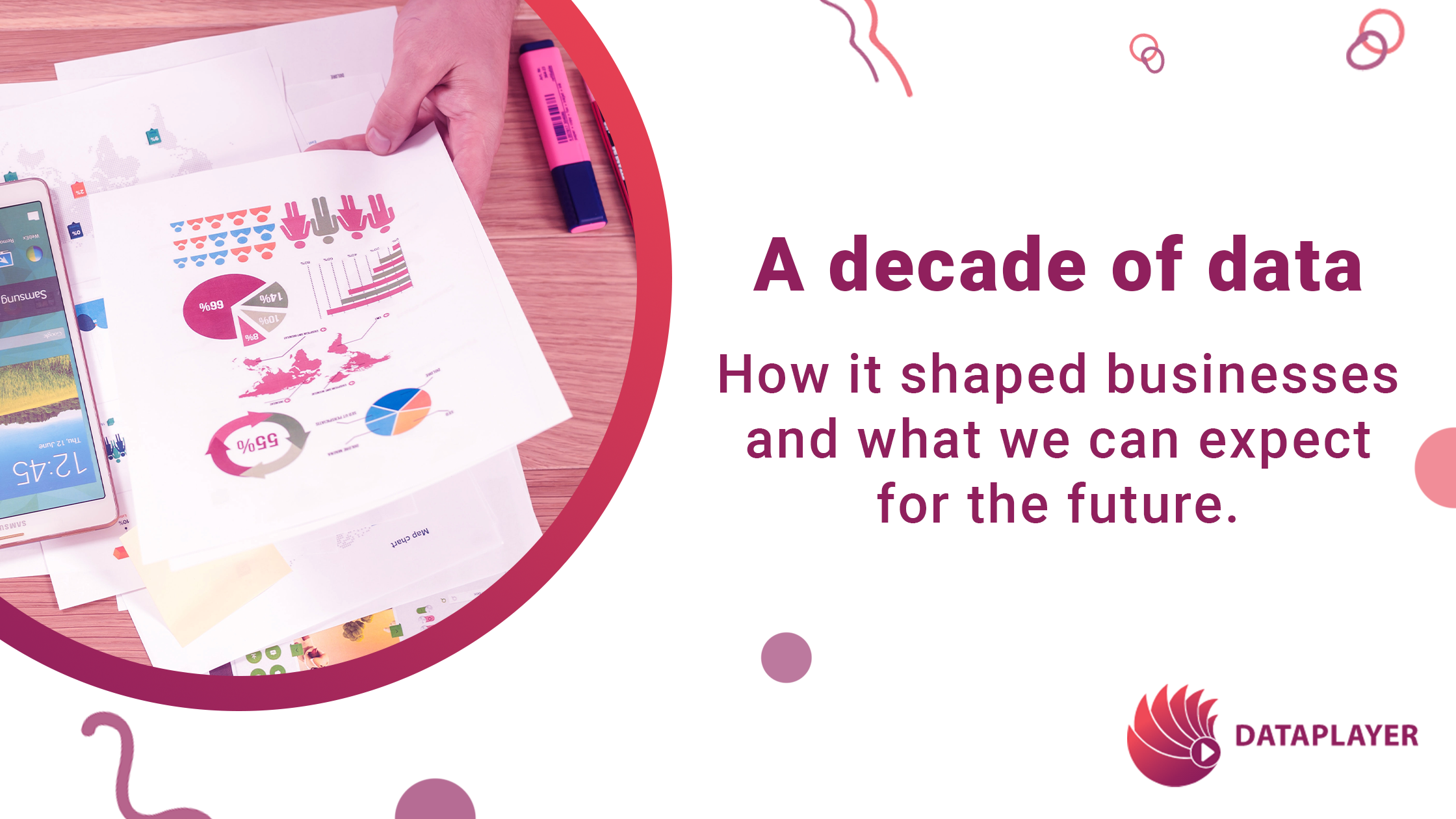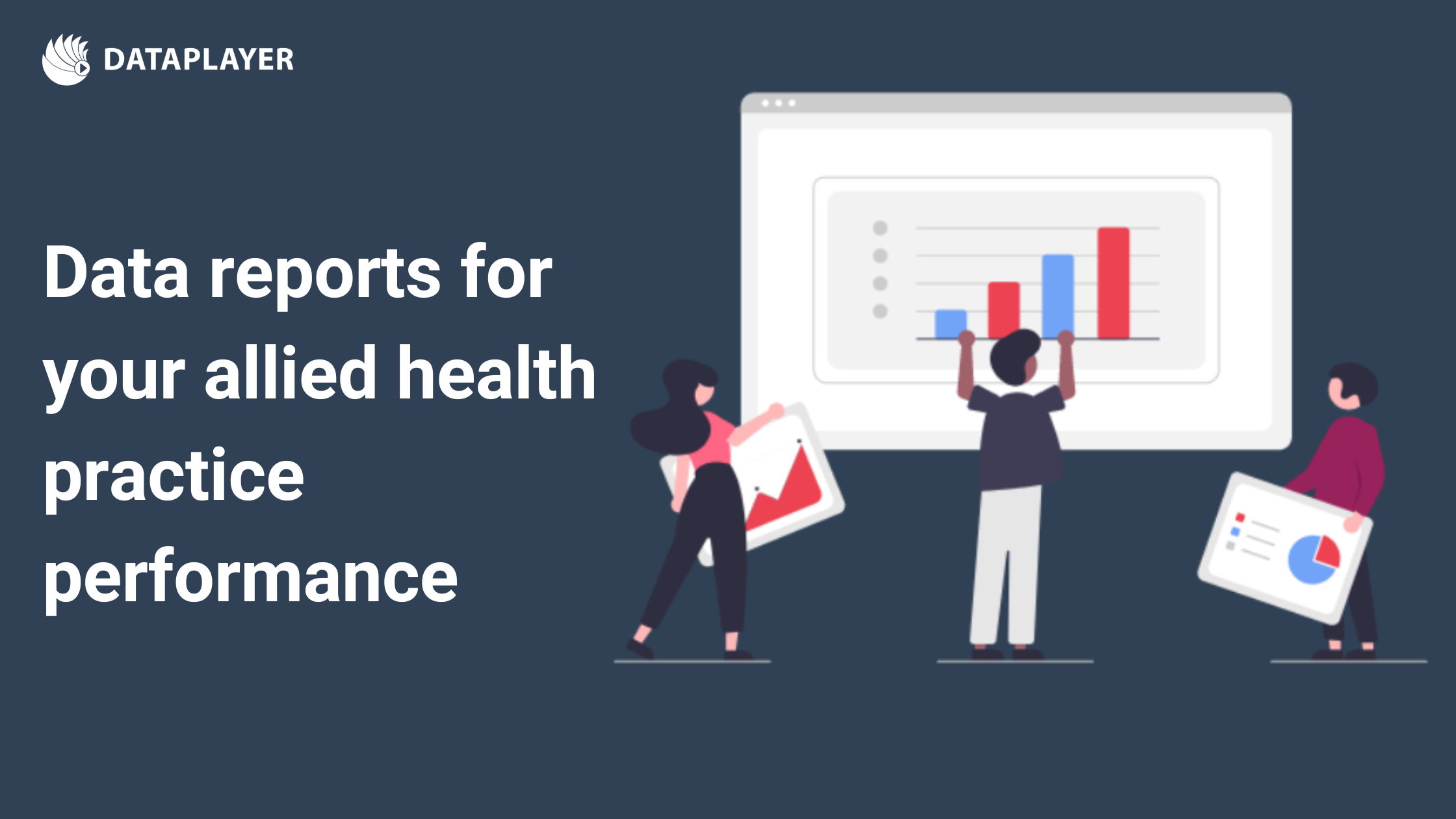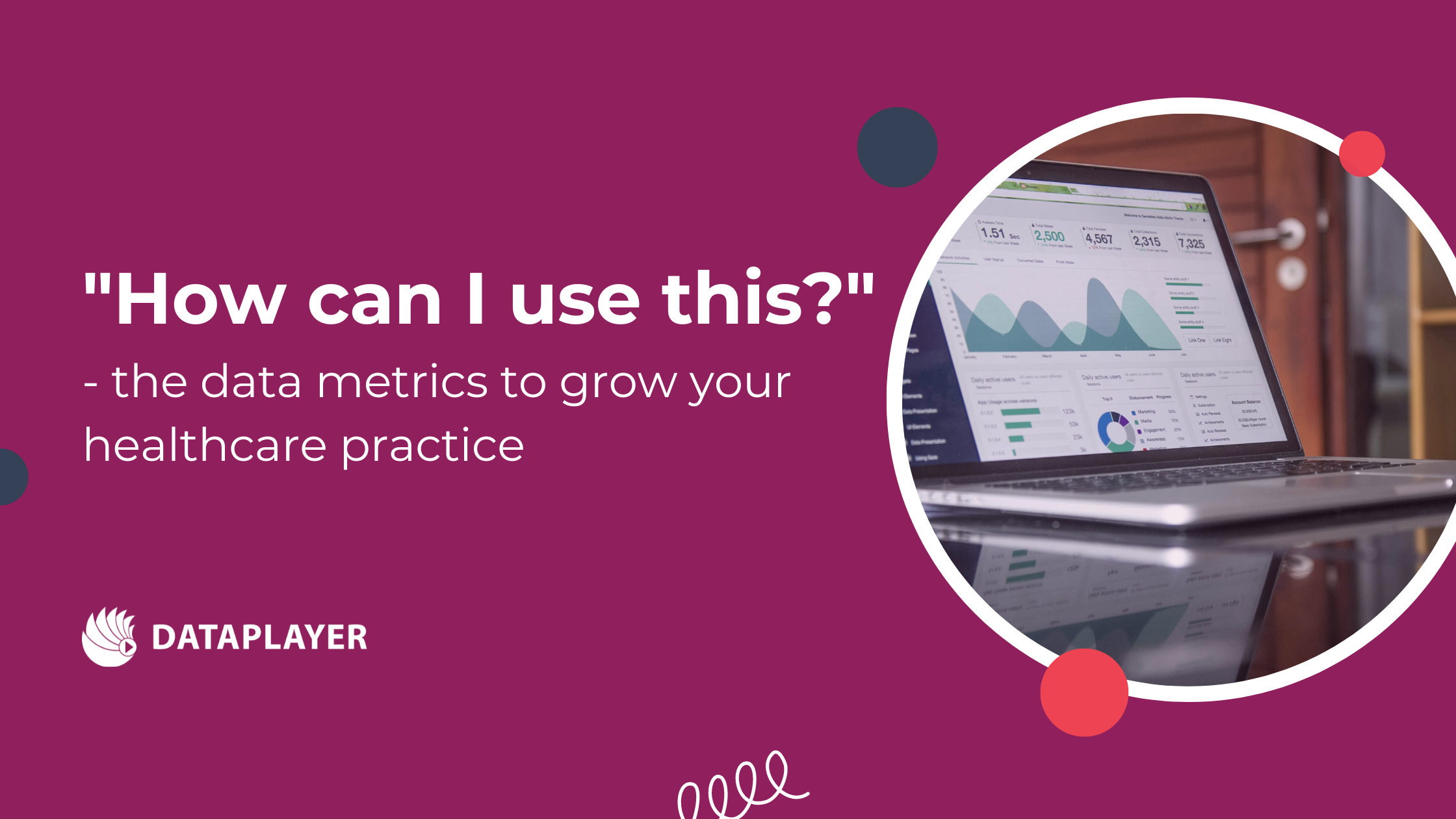Making sense of data through data visualisation
Did you know that human beings can process visual information 60,000 times faster than any other kind of information? Did you also know that 90% of the data that exists in the world today was created in just the last two years?
When it comes to processing information, particularly large amounts, the ability to be able to visualise it is integrally important.
That is why digital data visualisation has become an essential part of business and product success. In a time of data-driven decision-making, those that are able to both create and communicate actionable insights from their data analysis tools will be the ones that come out on top.
But what is data visualisation?
In layman’s terms, data visualisation is a way of presenting information in a graphical or even pictorial manner. This could be bar charts, line graphs, or
Data visualisation has three main purposes:
- To simplify data values
- To encourage understanding of what the data represents
- To communicate important concepts and ideas
Until quite recently, turning any amount of raw data into something meaningful has required either an in-depth knowledge of
But things are changing. With platforms such as dataplayer providing straightforward and effective ways to visualise data, the playing field is being levelled. These tools allow everyone who has access to them to intuitively create meaningful data by asking questions and then receiving a meaningful output. This
But why is data visualisation so important?
By the time you have got to the end of this sentence, Google has been asked an average of 4 million questions and by the time you go to bed tonight, this will have reached over 6 billion queries. Each day, these numbers get higher and higher and as a result, more data is created. In other words, data is being created much faster than it can be analysed and managed- a trend that shows no sign of slowing down. The ability to be able to actively interpret and then use data will separate the winners of the future from the losers. To do this, powerful yet simple data analysis tools, like dataplayer are needed, because like it or not, the days of the spreadsheet are over.
Here are three ways that visualising
You can see the bigger picture
Spreadsheets and text documents are difficult for us to interpret because they present data in the form of individual data points. By using data visualisation, these individual points can be turned into something whole that the brain can easily grasp and understand. When data is presented in a list format
You can present complex data in an easy way
Traditionally, unless you are an expert, data has been pretty hard to interpret or comprehend, but now with data visualisation tools, this is no longer the case. By significantly simplifying data into digestible visual information, it is easier to communicate the story and impact in a way that everyone can understand and that illustrates patterns and relationships.
You can utilise deep forecasting and emergent trend analysis
Data visualisation can also be used to forecast future events as well as pinpoint emerging trends.
The importance of data and the central role it plays in businesses of every size is set to increase. It doesn’t matter whether you are a startup, enterprise, SME, or international corporation with branches on every continent, data is the key to success. By utilising data visualisation tools such as dataplayer, you can remove the obstacles in the way of successful data analysis.
Are you interested to find out more about how data visualisation can help you gain valuable insights into your business or product? Contact a member of our team today to find out more!






